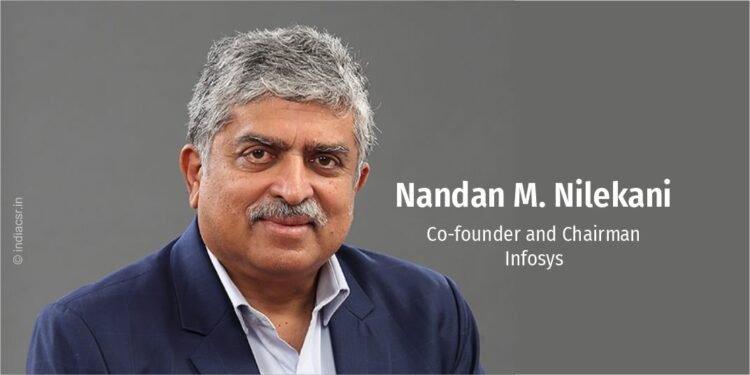India is becoming a world leader in digital transformation between sectors. In less than a decade, extraordinary initiatives such as Aadhaar, UPI, DigiLocker, CoWIN, and Account Aggregator have established a guide to transformation, including creating sector-specific building blocks and establishing them as “digital public goods.” I did. These products helped unleash the innovation and capital flow of the private sector, focusing on the ultimate goal of providing quality service to everyone.
What is a Digital Health Mission?
The nationwide launch of the Ayushman Bharat Digital Mission by Prime Minister Narendra Modi will remove the leaves from this playbook. Here are some digital public products for the healthcare sector. The vision is vast and redefines how each of us experiences medical care with doctors and hospitals. Imagine this. Patients can be enrolled with just a QR code scan and control the information shared with the hospital from their personal health records (PHRs). And after consultation, PHR will be updated seamlessly. The mission employs a data empowerment and protection architecture (DEPA). This gives patients control over who and for how long they can use shared data.
The Unified Health Interface
The Unified Health Interface (UHI) proposed by the mission should help India leap into new areas of digital health services. Nowadays, you can just use the UPI app to pay anyone without worrying about the app or bank you use. Similarly, the vision is to use the UHI app to contact doctors, make appointments, make payments, share health records and add prescriptions to health records. Physicians can also use the best UHI apps to help manage patient interactions digitally. Interoperability accelerates digital adoption. This will benefit Bharat as many of our health care talents are still in the city.
How is Bharat the actual thrust area?
Many elements of the mission show that it is designed for Bharat. Leverage Aadhaar authentication to enable people without a phone to obtain a health ID, collect health records, and provide access consent. It is good to see that the patient is in control and has a clear policy that the patient must participate voluntarily. For a successful mission, all stakeholders need to identify strong incentives and use cases to participate in this journey.
The focus is on establishing strong privacy and security standards for health data in the right direction. The approach of using a federation architecture and not creating a central data store is commendable. While India’s personal data protection bill is pending, the National Health Department ensures that it acts as a strong regulator and protects citizens from misuse and data breaches as data privacy policies evolve. is needed.
The principles of data minimalism should be applied and only those that are therapeutically useful should be added to the PHR. There are many technical standards and specifications in the components of this mission, but it is up to the Healthtech ecosystem to address complexity and evolve simple solutions that are easy for physicians and healthcare providers to use.
How does it help the health insurance ecosystem?
The mission has announced that it will set digital standards for health insurance claim processing. This is the key to India’s journey to achieve universal health insurance. As health insurance shifts from covering only inpatient cases to comprehensive outpatient care, India needs a new health insurance claim exchange that can bring greater transparency and new automated arbitrage technology. is. Only this approach can reduce the cost of processing from the current 600 rupees or more per claim to a level that supports OPD claims of only a few hundred rupees.
All of the missions are designed for high volume, low cost, small transaction size, and are universal and easily accessible. Suitable for those who have a smartphone, those who have a feature phone, and those who do not have a phone. You can use either self-service or assistive services, which ensures that it works in Bharat as well.
The digital public goods approach requires both time and the adoption of a strong ecosystem to be successful. UPI started in 2016, but started in 2019. The Digital Health Mission has checked all appropriate boxes for approach and architecture. (TOI)



















